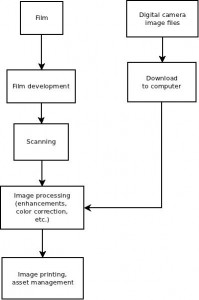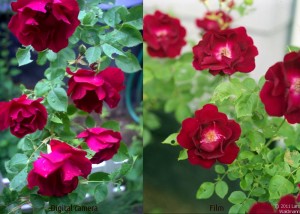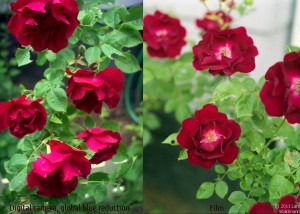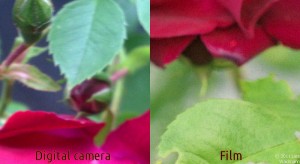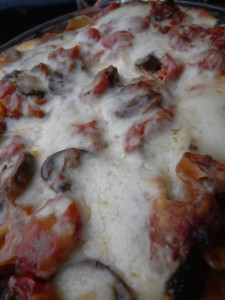We all have a lot on our minds these days. There are a million things to do and places to go. So much that happens is out of our control. Just look at a newspaper or listen to the radio. Media of all sorts is reminding us of how scared we should be that everything is changing.
Well I have decided to embrace the fact that change is constant. Change reminds me that I am alive. No today is not the same as yesterday even if I am doing many of the same things that I did yesterday. Every day is a new opportunity- to do a lot or to do a little.
Accepting the reality that change is constant has been good for me. I am realizing that change will happen no matter what I do or don’t do so I don’t have to feel bad or sad about it. I can control what I can and when I can’t, accept it. This isn’t an original idea by any means but it seems more true to me now than it ever has. Maybe it is the season or watching the leaves change, my kittens grow, or the 20 tomatoes I just discovered growing in my garden today. Who knew that just before an October snow storm I would suddenly have this crop of tomatoes that I can’t pick?
I can’t control time or change but I can look at both with renewed enthusiasm. I am grateful for happy surprises and joyful times. I can even provide some of them. My most important lesson has been to enjoy and accept both when they come my way and to “take” the time to do so….
Today is almost the last day of breast cancer awareness month. I have a lot to say on the subject and I’m a survivor. I won’t do a post on it today but through my daughter Kimba http://kimbas2cents.blogspot.com/ and our good friend Marilyn http://theartsygirlconnection.blogspot.com/ you can watch two different video’s featuring me and one of my projects. Please take a look, they have wonderful, positive and fun sites. Enjoy the change of scenery!




